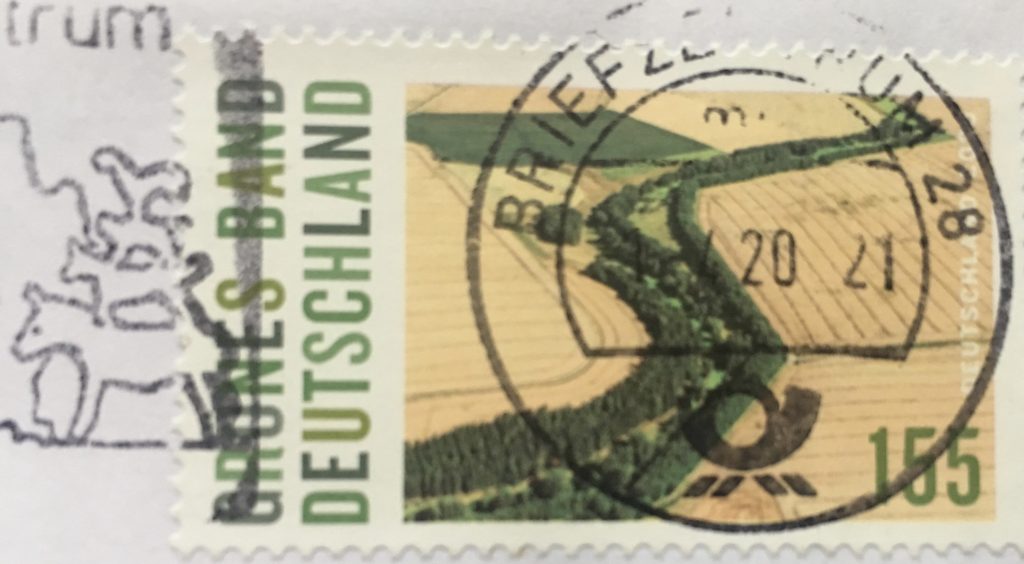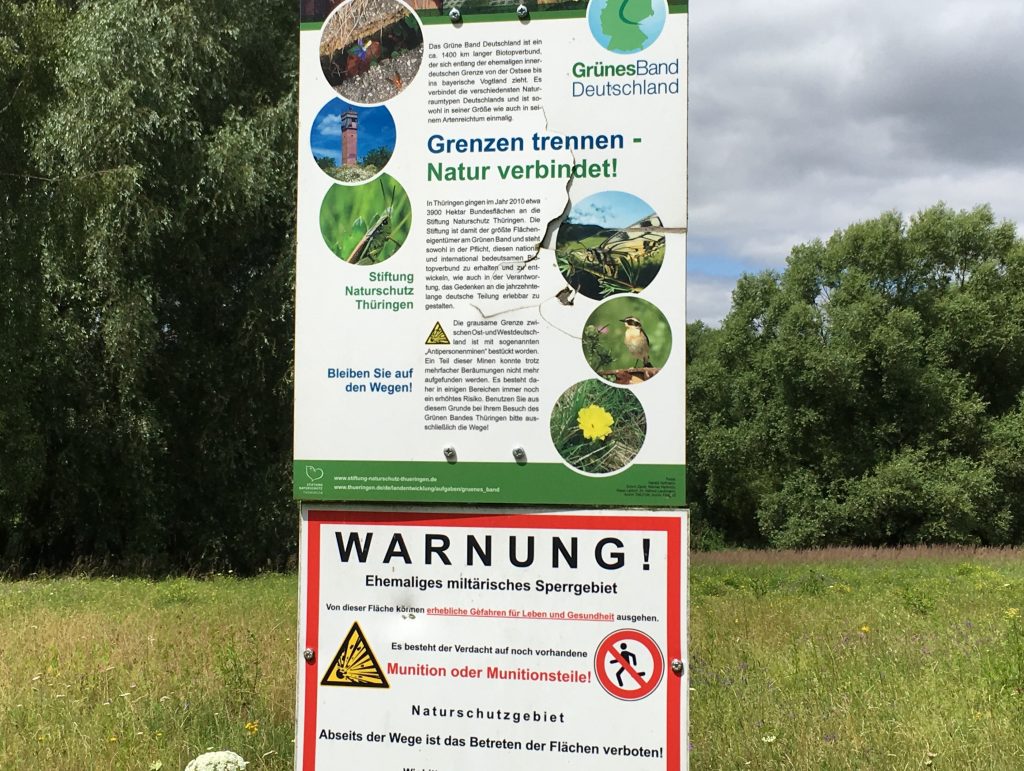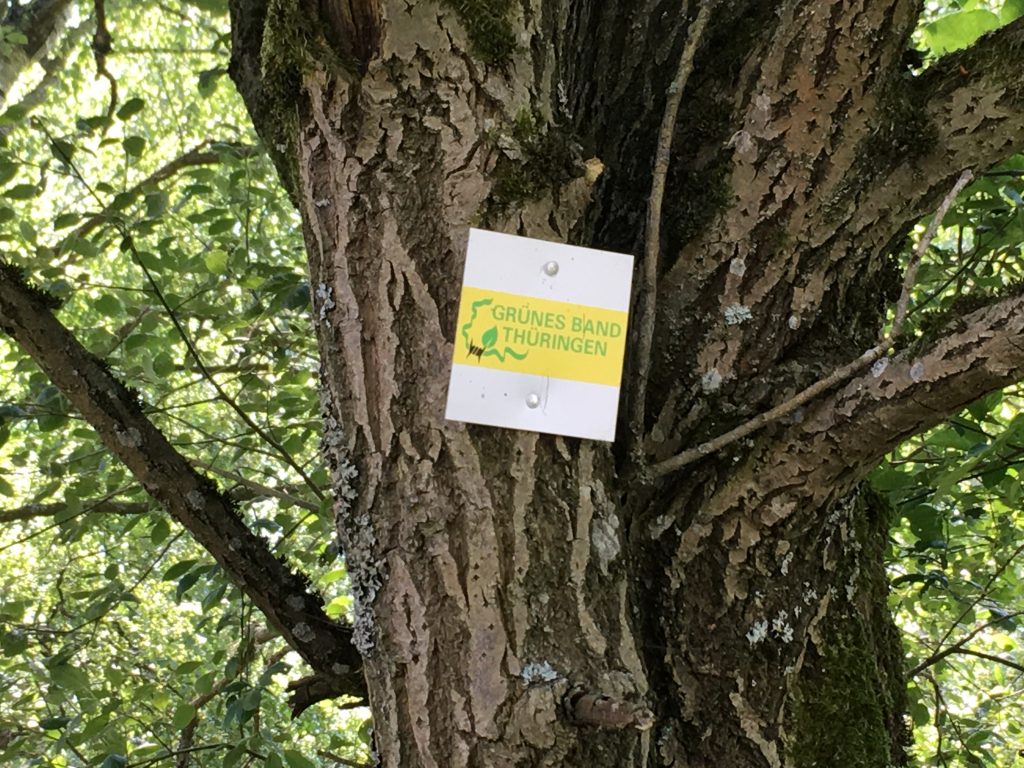
Since the coronavirus started to spread around the world earlier this year there have been countless stories of nature rebounding: bobcats and black bears venturing onto the roadways in Yosemite National Park, Venice canals so clear that schools of fish are visible again; seismologists finding that movements in the earth’s upper crust have slowed down because there are fewer vibrations from trains, buses, and cars.
This is not the first time our human footprint on the earth has come into such clear focus. During the Cold War, humans were kept out of a 900-mile long narrow strip of land between East and West Germany – the Iron Curtain, one of the most highly fortified borders in the world. The border had terrible consequences for humans: families and friends were divided, several hundred people died trying to cross it from East to West.
But for nature, the brutally enforced absence of humans had an upside: the border strip became a veritable “hot strip” of biodiversity. Over 1,200 animal and plant species that were threatened with extinction in the rest of the German landscape found refuge there. A similar effect can be observed in the Demilitarized Zone between North and South Korea and in former military sites in several other countries, including some in the USA.

The “German-German” border lost its inhumane purpose with the fall of the Berlin Wall in 1989. Today the former border strip is Germany’s longest, skinniest nature preserve – just under 900 miles long and on average 300 ft wide – called the Grünes Band or Green Belt. Over the next few weeks, I will post excerpts from my chapter “Birds at the end of the World” about what one astute 13-year-old birder has to do with this transformation.
An ongoing question I am exploring is what the story of this former border might tell us about the place of the human species on our home planet. Your thoughts are welcome!


This is a powerful story and very inspiring …. so pleased you are highlighting it in your writing, Kerstin! Julie
Interesting and timely and great read. Thanks for writing and sharing!
Thank you Paige; glad you’re reading along!